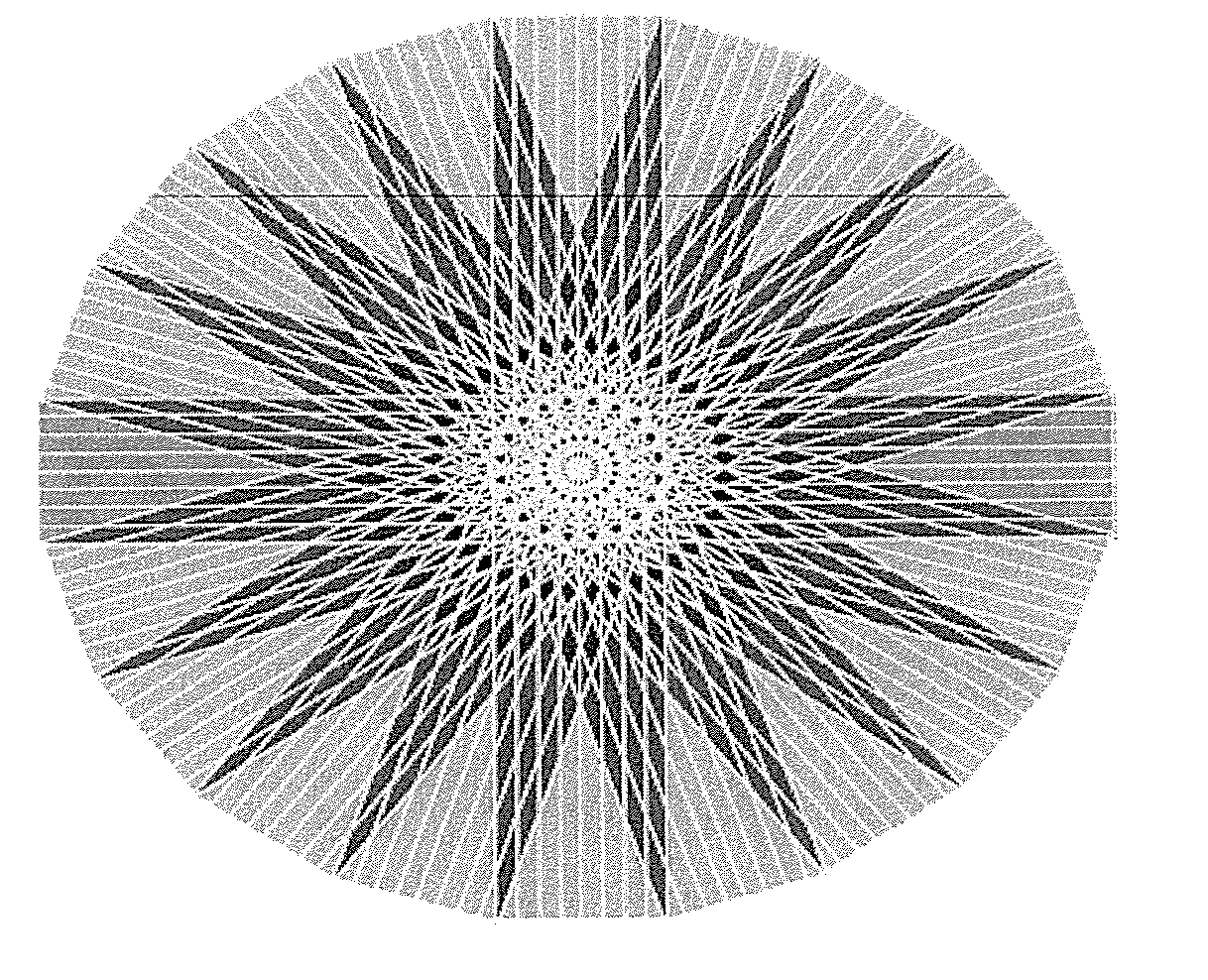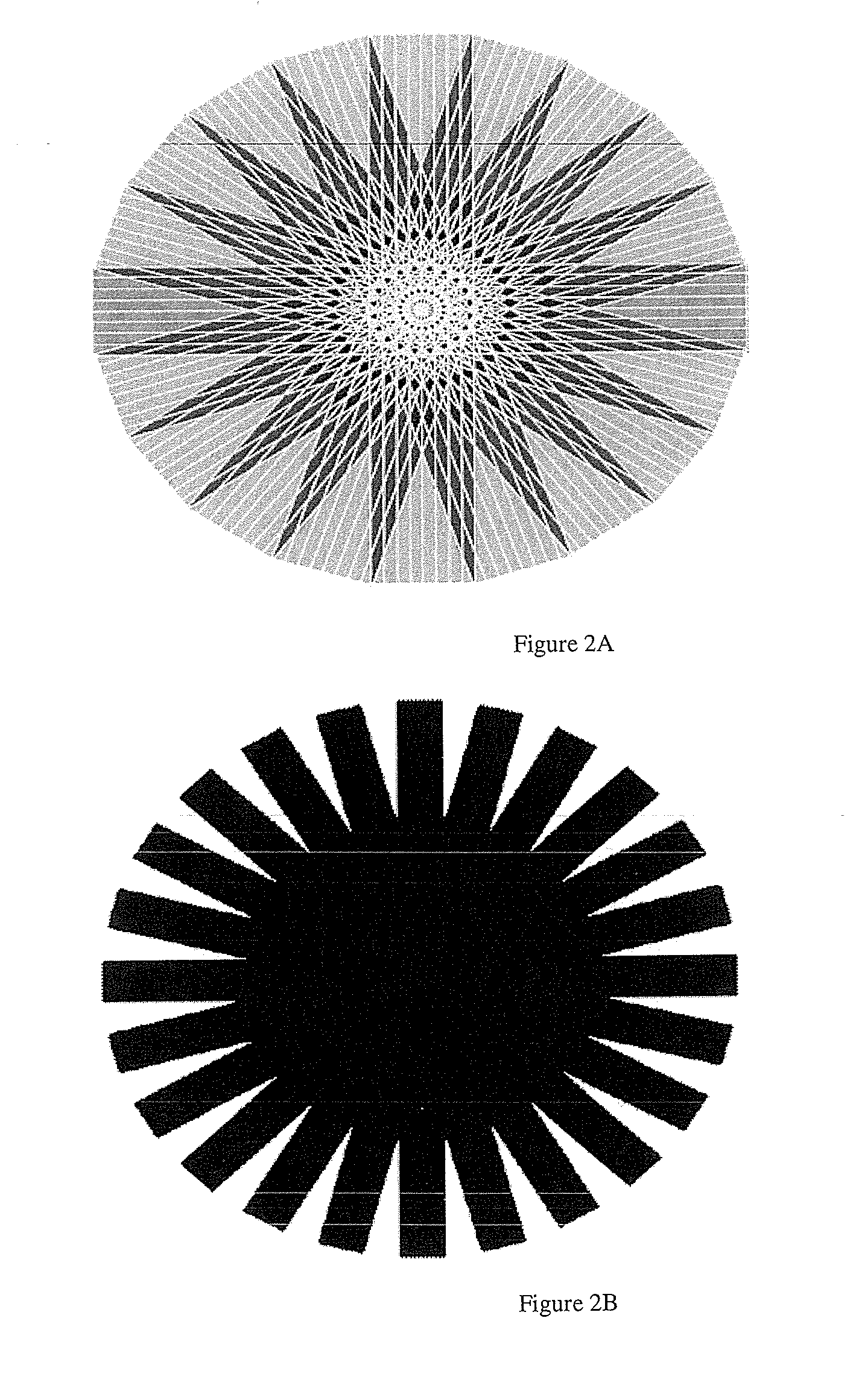Magnetic resonance imaging water-fat separation method
a magnetic resonance imaging and water-fat separation technology, applied in the field of magnetic resonance imaging, can solve the problems of increasing image calculation complexity and time, and shortening the entire imaging time, so as to improve the efficiency of the mri device, reduce the mri scan time, and shorten the entire imaging time
- Summary
- Abstract
- Description
- Claims
- Application Information
AI Technical Summary
Benefits of technology
Problems solved by technology
Method used
Image
Examples
Embodiment Construction
FIG. 1 is a schematic diagram illustrating the flow of one embodiment according to the present invention. In this embodiment, the under-sampling BLADE trajectory is used to acquire k-space raw measurement data, and the water and fat images are calculated based on the three-point Dixon method. However, the present invention is not limited to this technique, and other k-space trajectories can be used to acquire the raw measurement data, and the water and fat images can be calculated based on other algorithms (e.g. two-point Dixon method, etc.).
Referring to FIG. 1, the MRI water-fat separation method according to the embodiment of the present invention includes the following steps:
Step 101, acquiring the raw measurement data of one in-phase image and two out-of-phase images.
In order to understand the present invention easily, the solution of the present invention will be described in detail by using the example of using BLADE trajectory to acquire k-space raw measurement data. It shoul...
PUM
 Login to View More
Login to View More Abstract
Description
Claims
Application Information
 Login to View More
Login to View More - R&D
- Intellectual Property
- Life Sciences
- Materials
- Tech Scout
- Unparalleled Data Quality
- Higher Quality Content
- 60% Fewer Hallucinations
Browse by: Latest US Patents, China's latest patents, Technical Efficacy Thesaurus, Application Domain, Technology Topic, Popular Technical Reports.
© 2025 PatSnap. All rights reserved.Legal|Privacy policy|Modern Slavery Act Transparency Statement|Sitemap|About US| Contact US: help@patsnap.com



